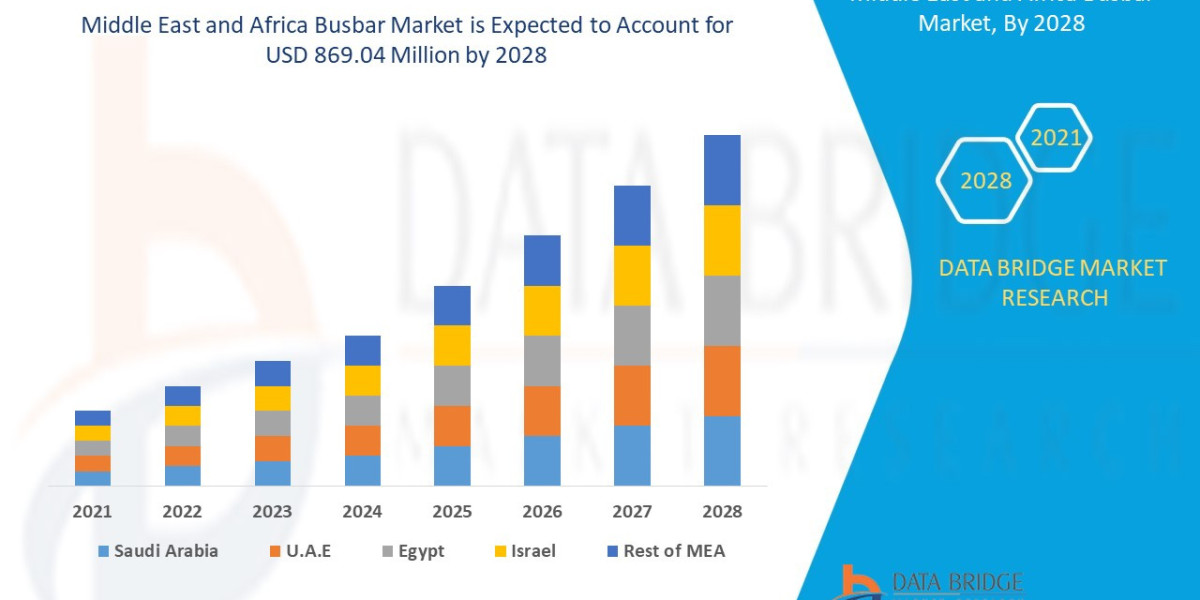From ensuring cybersecurity and cloud efficiency to supporting remote teams and streamlining infrastructure, Managed IT Services have become the foundation for scalable, secure, and efficient IT environments.
But what truly defines the Best Managed IT Services in 2025? In a landscape shaped by AI, automation, data privacy, and rising cyber threats, not all providers are created equal. To remain competitive, businesses must look for providers that go beyond basic tech support and offer innovative, future-ready features.
Let’s dive into the top features that set apart the leading Managed IT Services in 2025.
1. AI-Powered Monitoring and Predictive Analytics
One of the most significant evolutions in IT service delivery is the integration of artificial intelligence and machine learning. In 2025, the best Managed IT providers use AI-powered tools to monitor systems 24/7 and predict potential failures before they occur.
These systems:
Automatically detect anomalies in network behavior
Predict hardware failures and performance bottlenecks
Suggest optimal system configurations
Learn from historical incidents to improve future performance
By shifting from reactive to predictive management, businesses benefit from fewer disruptions and better overall system uptime.
2. Zero Trust Security Framework
Cybersecurity is no longer an afterthought—it’s a foundational pillar of every IT strategy. The top Managed IT Services in 2025 are built on the Zero Trust model, which assumes no user or device should be trusted by default.
Key Zero Trust components include:
Multi-Factor Authentication (MFA) across all endpoints
Micro-segmentation of networks to isolate sensitive data
Identity and access management (IAM)
Continuous real-time validation of devices and users
This layered, proactive approach drastically reduces the risk of data breaches and insider threats, which are becoming increasingly sophisticated.
3. Cloud-Native Service Management
With most organizations now operating in hybrid or multi-cloud environments, cloud proficiency is a must. Top-tier Managed IT Services are cloud-native, meaning they not only support cloud platforms like AWS, Azure, and Google Cloud but also optimize and manage them holistically.
Services include:
Cloud cost optimization
Cloud security and compliance
Cloud-native DevOps support
Seamless cloud migration strategies
This ensures businesses can scale efficiently, avoid vendor lock-in, and stay agile in an ever-changing digital landscape.
4. Unified Endpoint Management (UEM)
In the age of remote and hybrid workforces, managing devices across various locations is vital. The best providers use Unified Endpoint Management tools to manage desktops, laptops, smartphones, tablets, and even IoT devices from a single platform.
Benefits of UEM include:
Centralized device configuration and updates
Remote wiping of lost/stolen devices
Enforced security policies across all endpoints
Real-time analytics for usage and compliance
This makes it easier for businesses to secure and manage their devices, no matter where their teams are located.
5. 24/7 Proactive Support with Human + AI Integration
Gone are the days when IT helpdesks worked from 9 to 5. The best Managed IT Services in 2025 offer round-the-clock support that combines human expertise with AI-powered chatbots and automation.
Key components:
Instant support through AI chatbots for common queries
Escalation to human engineers for complex issues
Tiered support systems with defined SLAs
Self-service portals for routine IT tasks
This blend reduces response times while enhancing user experience, ensuring minimal disruption to operations.
6. Integrated Cybersecurity-as-a-Service (CSaaS)
In 2025, cybersecurity is no longer a siloed solution—it's fully integrated into Managed IT Services under the model of Cybersecurity-as-a-Service. This feature provides businesses with a complete security stack without having to manage multiple vendors.
Key offerings:
Managed Detection & Response (MDR)
Security Information and Event Management (SIEM)
Endpoint Detection and Response (EDR)
Regular penetration testing and vulnerability assessments
These services ensure a proactive and always-on security posture, backed by real-time threat intelligence.
7. Compliance and Regulatory Expertise
Whether it’s GDPR, HIPAA, ISO 27001, or emerging data privacy laws, businesses today must meet stringent compliance requirements. The best IT service providers offer built-in compliance management, helping organizations stay ahead of regulatory risks.
What to expect:
Real-time compliance monitoring
Regular audits and reporting
Data retention and encryption policies
Industry-specific regulatory expertise
This is especially critical for healthcare, finance, legal, and government organizations.
8. Scalable and Modular Service Models
Flexibility is key in 2025. The best Managed IT Services allow businesses to choose modular service packages based on their evolving needs.
Options may include:
Pay-as-you-go pricing
Bundled or à la carte services
Short-term and long-term contracts
Easy upscaling or downscaling based on business demand
This ensures businesses can optimize their IT spending while still having access to enterprise-grade services.
9. Sustainable IT and Green Practices
Sustainability is a growing priority in IT. Top providers are integrating green IT practices and helping clients reduce their digital carbon footprint.
Sustainable features include:
Virtualization to reduce hardware use
Cloud optimization to minimize energy consumption
E-waste recycling programs
Energy-efficient data centers and equipment
Partnering with a green-focused IT provider also strengthens your brand’s ESG (Environmental, Social, and Governance) reputation.
10. Advanced Backup and Disaster Recovery (BDR)
No business is immune to disasters—whether it’s cyberattacks, system failures, or natural events. The best providers in 2025 deliver robust, automated Backup and Disaster Recovery solutions to ensure business continuity.
These include:
Daily backups to secure, off-site locations
Ransomware-resistant backup systems
Rapid recovery protocols (RTO and RPO optimization)
Regular DR testing and simulation
In case of a disaster, your business can bounce back with minimal data loss and downtime.
Conclusion
Choosing a Managed IT Services provider in 2025 is about more than outsourcing tech support—it’s about forming a strategic partnership that drives digital transformation, safeguards your operations, and prepares your business for the future.
From AI and cloud to security and sustainability, the Best Managed IT Services today are defined by their ability to innovate, adapt, and deliver continuous value. Businesses that choose wisely will not only optimize their IT operations but also gain a competitive edge in their industries.








